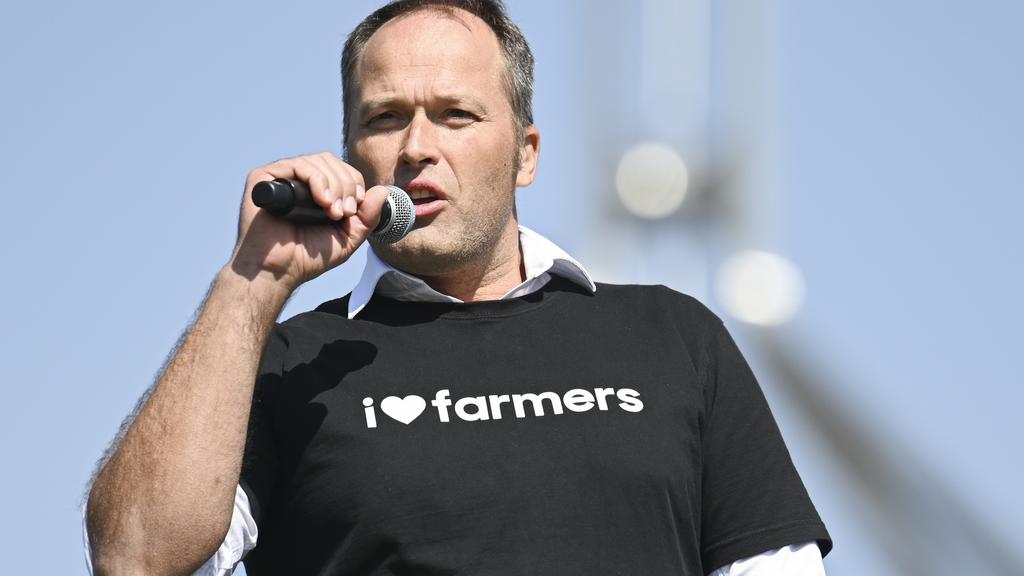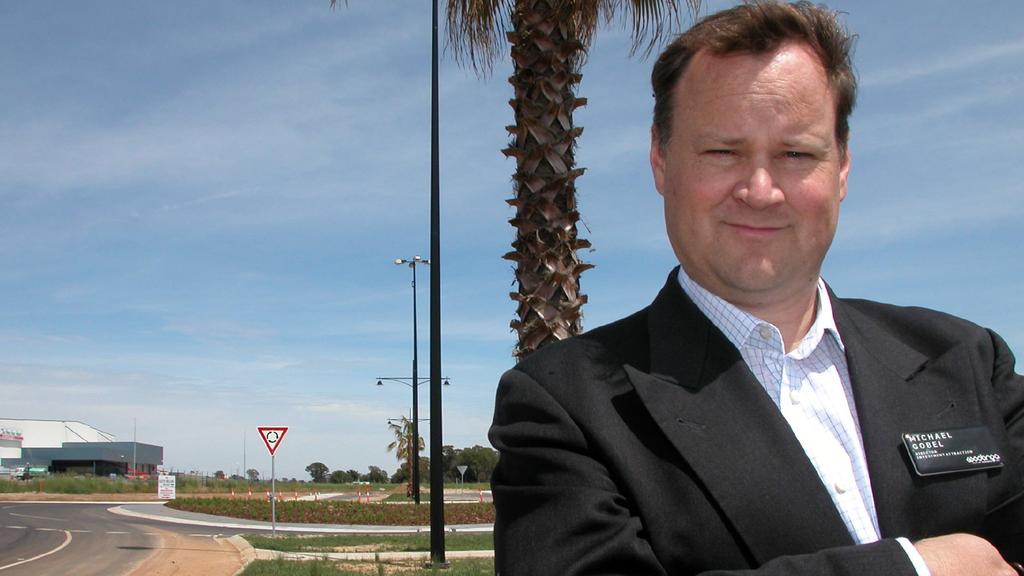
Article by Helen Trinca, courtesy of The Australian
17.05.2025

The federal government’s proposed super tax will potentially devastate thousands of family farms, according to the peak lobby group, the National Farmers Federation.
Its president, David Jochinke, says the tax on unrealised capitals gains is an “existential threat” to farms held in self-managed superannuation funds.
In an opinion piece online at theaustralian.com.au he warns some farmers will be forced to sell land to pay their tax bills, thus threatening their retirement and succession plans for their children. “These aren’t wealthy individuals hoarding hundreds of millions – they’re hardworking Australians who’ve built farms to pass on to their children and grandchildren,” he said.
The proposed tax, which will be applied to SMSFs with more than $3m in assets, has spread alarm in rural Australia where escalating property prices have lifted the book valuation of farms.
The average price of agricultural land rose over the past decade from $4452 a hectare to $10,331, an increase that could leave many farmers facing a hefty tax on their paper profits.

Wodonga farmer Michael Gobel says farmers will be disproportionately affected by the 30 per cent rate and “the only people who will benefit, other than Treasury, will be real estate agents and stockbrokers” as farmers sell out.
A former merchant banker and investor, Mr Gobel doesn’t haven’t a dog in this fight – his 200 hectare farm is not in his super fund – but it’s estimated about 20 to 30 per cent of farmers hold some land in SMSFs.
Australian Taxation Office figures for the December quarter last year show SMSFs worth between $2m and $5m hold non-residential property (which includes farming and commercial) to a total value of $110bn, up from $68bn in the June 2019 quarter. While the value has almost doubled, the percentage of non-residential real estate in the funds has been stable: in 2022-23, it accounted for 10.9 per cent of assets, compared to 10.6 per cent in 2018-2019.
In 2022-23, some 16.3 per cent of all SMFs were in the $2m and $5m bracket; up from 13 per cent in 2018-19.
The government argues the tax would impact only 0.5 per cent of super members but the SMSF Association says 17,000 farmers had land in their funds in 2021-22, amounting to about 28 per cent of farms.
And it’s the dramatic increase of value on paper that worries many in the bush where some farmers have structured properties to be leased to the next generation in order to avoid a sale and capital gains tax.
Mike Stephens, senior consultant and founder of the advisory firm, Meridian Agriculture based at Yendon, near Ballarat, says agricultural land increased in value at 8 per cent compounding for 22 years.
“So a $5m farm 22 years ago is worth $30m now,” Dr Stephens said. He estimates most of his 200 clients have some land in super.
A straw poll of accounting colleagues suggested property comprised about 20 per cent of the assets in funds that hold farms, and that farmers who use SMSFs in this way hold about 25 to 30 per cent of farmland inside their funds.
Farmers argue that unlike other businesses that use super to buy commercial land, farms are often cash poor, despite some good years.
ABARE data shows the average farm cash incomes over the three years to 2023–24 was well above the averages for the previous 10 years. For cropping farms, the three-year average was 55 per cent higher; for dairy farms, 130 per cent higher; and for specialist beef farms, 15 per cent higher; but specialist sheep farms fell by about 50 per cent.
ABARE figures for 2022-23 show one third of farms had annual turnover of less than $170,000; 50 per cent had less than $300,000; 80 per cent had less than $1.1m; 90 per cent less than $2.5m a year.
In recent years farmers have used SMSF assets to “buy the paddocks next door”.
“Farming is a very capital-intensive business which requires often a lot of land, particularly if you’re in cropping or livestock,” Mr Gobel said. “A lot of primary producers also look to finance their properties from within their funds as a means of asset protection.”
Typically the main farm and residence is not included but many farmers hold land on multiple titles sitting in a SMSF.
“(Land) is also a very legitimate superannuation asset,” said Mr Gobel. “Agricultural land doesn’t have the volatility of value that shares may have, so it’s seen as a stable and long-term investment for farmers’ superannuation.”
He argues super needs to be reformed to ensure it meets the original intent: “A $40m superannuation account doesn’t pass the pub test, but for farmers running these very capital-intensive enterprises (it’s) very legitimate.”
Mr Gobel fears rural accountants will also be winners as farmers rush to pre-empt the tax.
“There’ll be people who will be looking to get ahead of the change in legislation,” he said,
“I can guarantee you there’ll be accounting firms in regional centres that will be run off their feet, advising farmers on how to restructure their tax affairs.”
The NFF points to University of Adelaide research suggesting almost 50,000 SMSF members would face an immediate impact.
“More concerning is that 13.5 per cent of affected members would experience significant liquidity stress, unable to meet tax obligations without selling assets,” Mr Jochinke writes in his opinion piece.
“The Treasurer’s suggestion that someone else will eventually index the threshold offers cold comfort to the 3500 farmers facing immediate hardship. It’s also possible a future treasurer would use this precedent to expand taxation of unrealised capital gains.
“The National Farmers’ Federation isn’t opposing reasonable reform of superannuation concessions. But taxing unrealised gains represents a dangerous departure from established tax principles with far-reaching consequences beyond the targeted ‘half a per cent’.”
